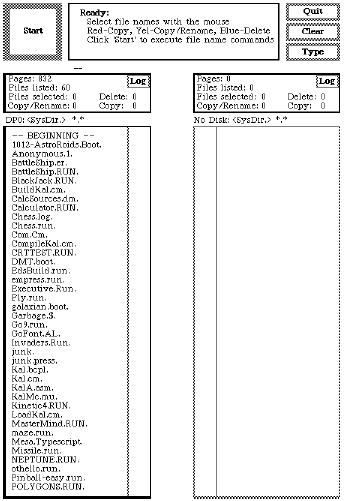| Here I trace a red line from one corner of your window to the other and again on the opposite side. I am marking the territory of this window, the territory of my argument, with red tape, with caution. Behind these red lines is the remote data of the Internet and infront of it is you; a user. These two red lines are a border drawn along the terrain of your hypertext experience. So now that it's here can you see it? I wonder. The underneath is a strange being. It looks the way it does because it is shaped by your software. It is being understood, although anyone who knows art knows of many ways of understanding. Jim Campbell wrote in an essay "Delusions of Dialogue" that an interface is a device in constant wait of fulfillment. It's waiting for your presence and attention in a suspended state of expentacy to complete it. Interlayers for the Internet work to intervene in the process of command and response by lining the interface in a plane of indifference. Placed in a web page they occupy the border of action and response, neither expecting nor relying on a click of the mouse. Q's What is this interface we have inherited like a cityscape that controls our navigation and experience like so many canals, streets and subways? Do we instead want to walk diagonally?
|
|
|
|
|
| Get Interlayer code | Go back to Interlayers for the Internet | |
